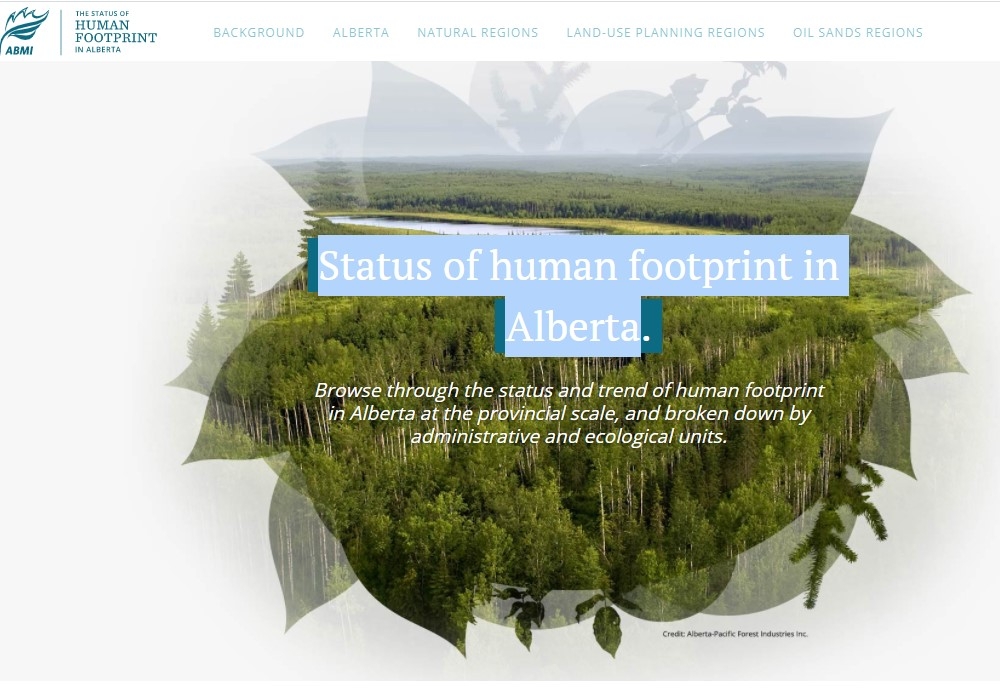Status of Human Footprint in Alberta


The ABMI defines human footprint as the visible alteration or conversion of native ecosystems to temporary or permanent residential, recreational, agricultural, or industrial landscapes. The definition includes all areas under human use that have lost their natural cover for extended periods of time, such as cities, roads, agricultural fields, and surface mines. It also includes land that is periodically reset to earlier successional conditions by industrial activities such as forestry cutblocks and seismic lines. Some human land uses, such as grazing, hunting, and trapping, are not yet accounted for in our human footprint analyses.